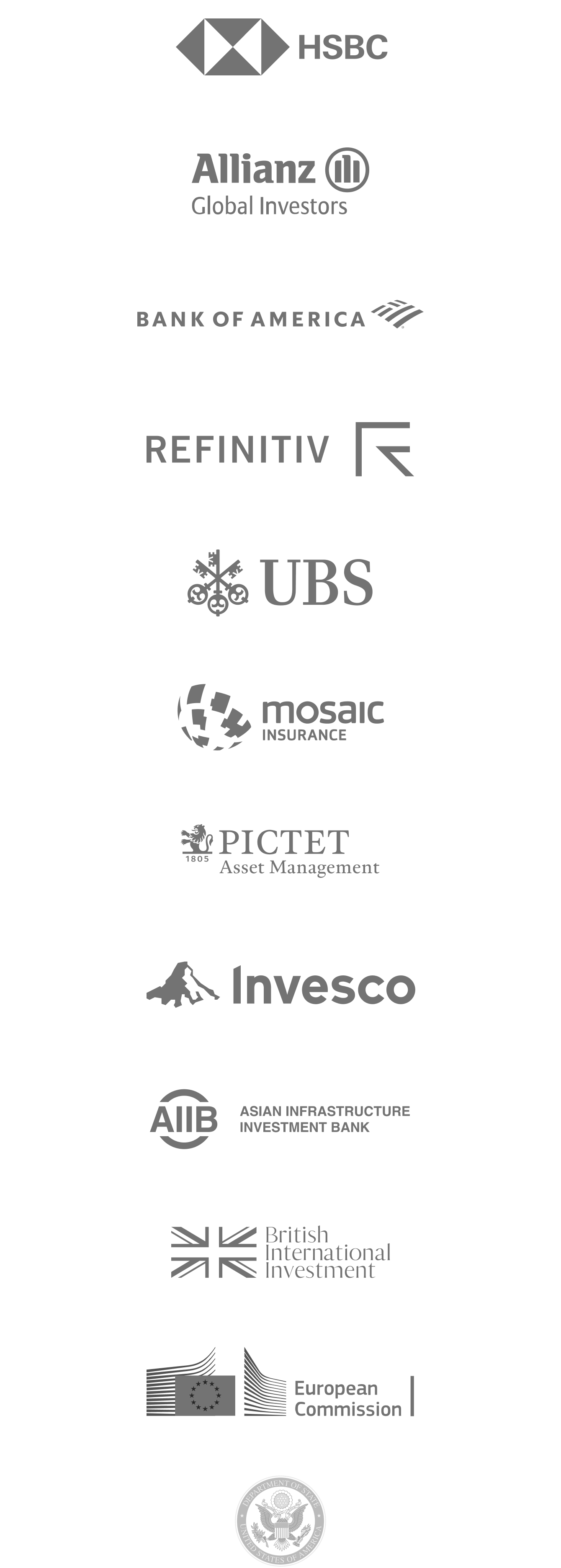Your single point of entry to emerging markets.
For over 170 emerging and frontier markets, we serve the world's largest investors, financial institutions, governments, advisors, and supranationals as a single point of entry to investment research, macroeconomic data, market data, news, and more all from a simple to use interface.
Your single point of entry to emerging markets.
For over 170 emerging and frontier markets, we serve the world's largest investors, financial institutions, governments, advisors, and supranationals as a single point of entry to investment research, macroeconomic data, market data, news, and more all from a simple to use interface.
Trusted by the world's largest investors, financial institutions, governments, advisors and supranationals.


Covering more than 170 markets
Research, macroeconomic data, economic calendar, eurobonds outstanding, IMF arrangements, debt composition and much more.
Unique investment research
Tellimer's investment research coverage is sourced from our in-house team of experts as well as a network of high-quality third-party content providers, ranging from on-the-ground banks and brokers to independent research firms and think tanks.
Supercharge your emerging market analysis
Accelerate your decision making, simplify access to complex information and data, and multiply your impact.
Investment research
Sovereign debt, equity, investment strategy, economic and macroeconomic analysis from Tellimer’s in-house team and a global network of banks, brokers and research firms based in the emerging economies.
Macroeconomic data
Direct-from-source data points curated from multiple trusted sources, including the IMF, central banks and country statistics agencies, covering over 170 economies.
Current and historical arrangements with Multilateral lenders
Track current and historical arrangements with the IMF using Tellimer’s database and country level analysis.
Credit ratings
Sovereign credit ratings from all major international ratings agencies.
Country debt analysis
Data on public debt, including public securities, multilateral and bilateral borrowings. With additional proprietary analysis of high yield countries and sovereign debt restructurings.
Market data
Indicative bid and offer for thousands of EM debt securities, interpolated by sophisticated AI models from real inter-bank bids and offers and executed transactions. Available in streaming, intraday, end of day and historical frequencies.
Local and translated news
Curated news from local English-language news sources, and translated news headlines from local-language publications.
Yield curves
Quickly see the market's interest rate expectations and its view on economic growth prospects.
Client testimonials
“Tellimer’s depth of coverage in frontier markets is unparalleled. As a house with a frontier bias, we rely on their product for insights into the various markets that we cover. We also very much appreciate the thematic research which Tellimer provides, as that provides us with fantastic comparative research which can influence our investment decisions.”
Edwin Gutierrez
Head of Emerging Market Sovereign Debt @ Abrdn
Tellimer Happenings
Events and webinars
Access the IMF Spring and Autumn Meetings, have direct interactions with analysts and experts in the Tellimer network.
- 10 June 2025 Tellimer ResearchCONFERENCERomania's Fiscal Outlook from a European Perspective: Webinar with the European Commission for Romania
- 28 May 2025 Tellimer ResearchWEBINARHow to Get the Most from Your Tellimer Subscription - The View of an Analyst with CEE/CIS Economist Henry Burdon
- 20 May 2025 International Monetary Fund & Tellimer ResearchCONFERENCETellimer @ the IMF - Dominican Republic
- 5 May 2025 Tellimer ResearchCONFERENCETellimer & UCB Virtual Conference: Bangladesh at the Crossroads: Macroeconomy and Equity Market Insights for Investors
- 1 May 2025 Tellimer ResearchWEBINARTellimer @ The IMF Spring Meetings- Key Takeaways
- 30 April 2025 Tellimer ResearchCONFERENCETellimer @ IMF Spring Meetings 2025
The Emerging Markets Podcast
Tellimer provides the latest insights on emerging and frontier markets. Join us as we discuss regional and global equities, fintech, geopolitics, and much more in the world of finance with our team of expert analysts.



Distribute your emerging markets research via Tellimer
Do you produce high quality analysis?
Tellimer's platform enables research providers to distribute their research to a concentrated audience of individuals who care about emerging markets and want access to high quality research across the markets they're active in.
Powered by our technology & support
Leverage Tellimer's infrastructure including our proprietary distribution and readership analytics platform, our sales and marketing capabilities, our established legal and commercial framework and our deep and integrated relationships.
Increased exposure - at no cost
It’s free to become a content provider. Opt to place your research in front of or behind a paywall, giving you full control of who sees what. Your branding and products details allow you access to a highly qualified audience of professionals.














